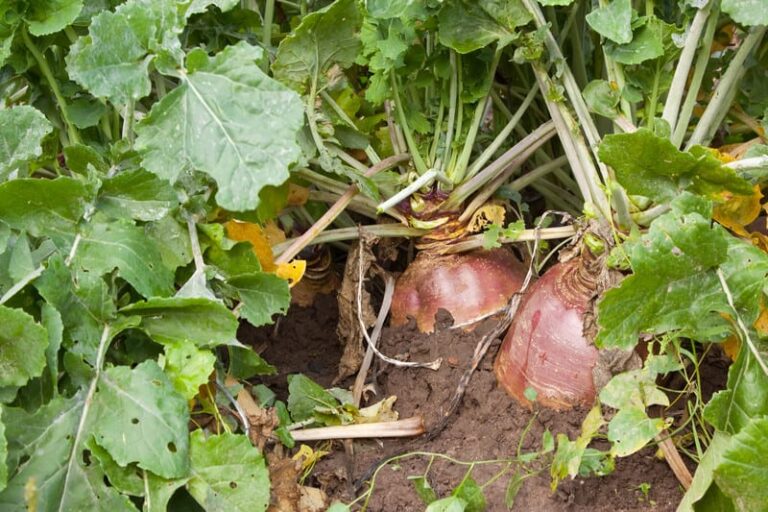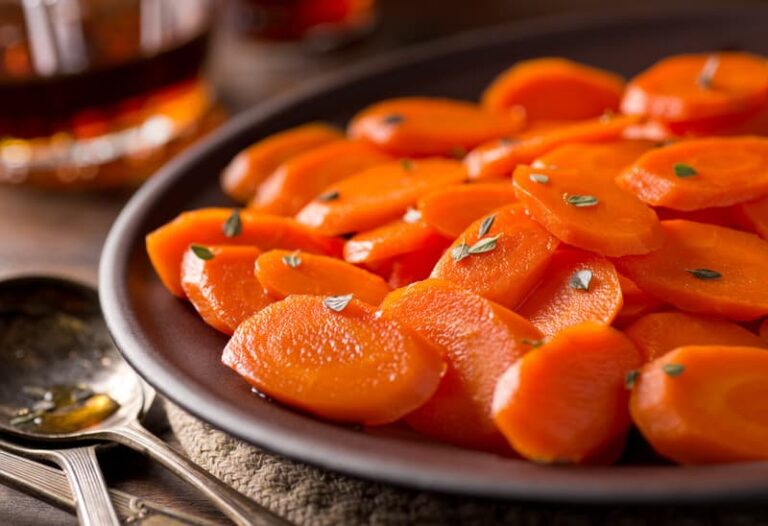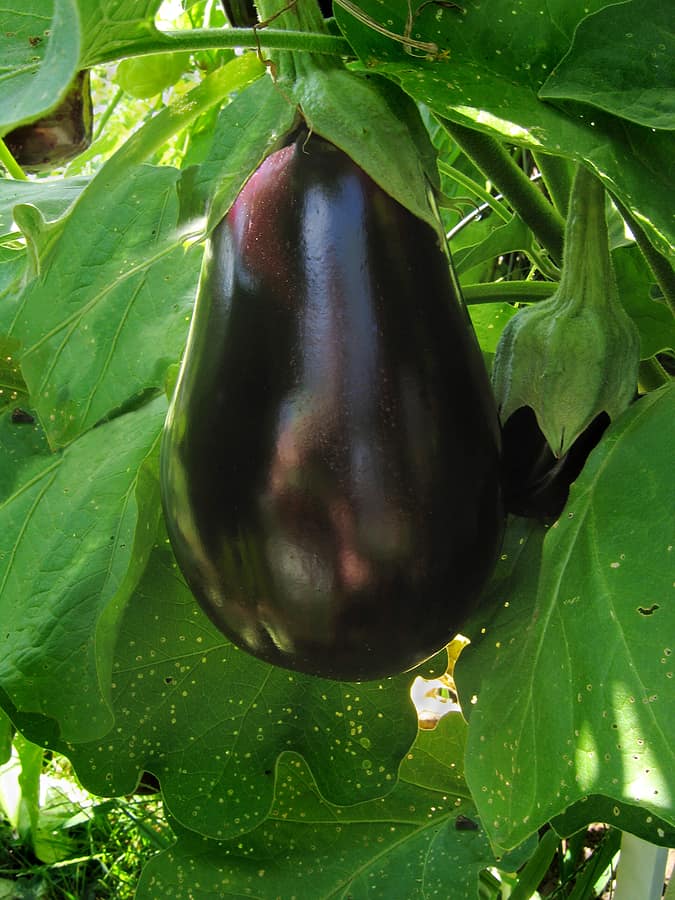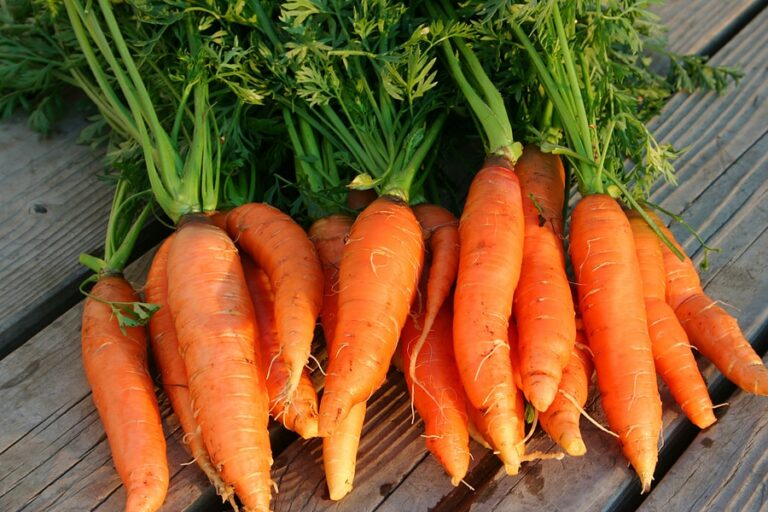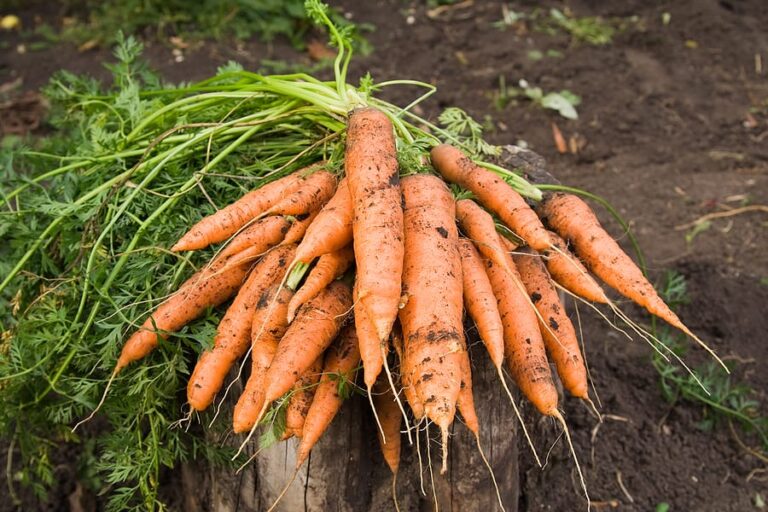How to Harvest and Store Carrots
Harvest carrots when they develop their color and the tops are 1 inch in diameter or smaller. Carrots can be lifted as soon as they are a usable size.
Carrots are ready for harvest 60 to 90 days after sowing depending upon the variety; they will continue to grow and enlarge if you leave them in the ground–but they usually do not get tastier and may get bitter.
Related articles:
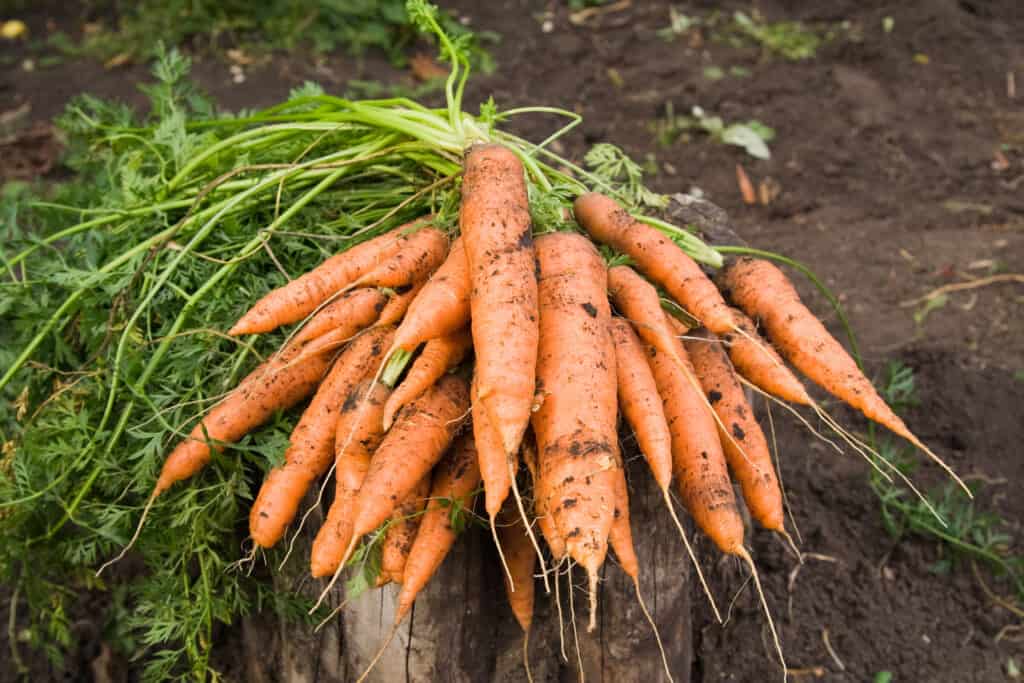
When to harvest carrots
The best way to know when your carrot crop is ready for harvest is to lift one or two every few days and taste them. Begin your harvest when the roots are sweet.
Carrots planted for summer harvest should be pulled frequently once they are sweet.
Carrots grown for fall and winter harvest can be left in the ground until you are ready to use them. (Once the weather grows cold, carrots will not continue to grow significantly.) But if you live where the ground freezes, you should harvest your crop soon after the first heavy frost unless you can protect them.
If you have carrots in the ground when a hot spell or hot weather arrives for the summer, it is best to lift the whole crop; heat can cause carrots to be bitter-flavored. Spot check and sample your crop every few days; harvest if the heat causes sweetness to subside.
The best time of day to lift carrots is in the late afternoon or early evening when sugar in the roots is concentrated.

How to harvest carrots
Harvest carrots by gently pulling or lifting them from the soil; if they don’t pull free easily, loosen the soil surrounding the roots with a hand fork. Jerking or tugging carrots can break the roots.
Wash the roots and remove the leafy tops before storing them; leaving the greens attached will draw moisture and flavor from the roots. Damaged or bruised roots should be eaten soon after harvest; they will not keep well.
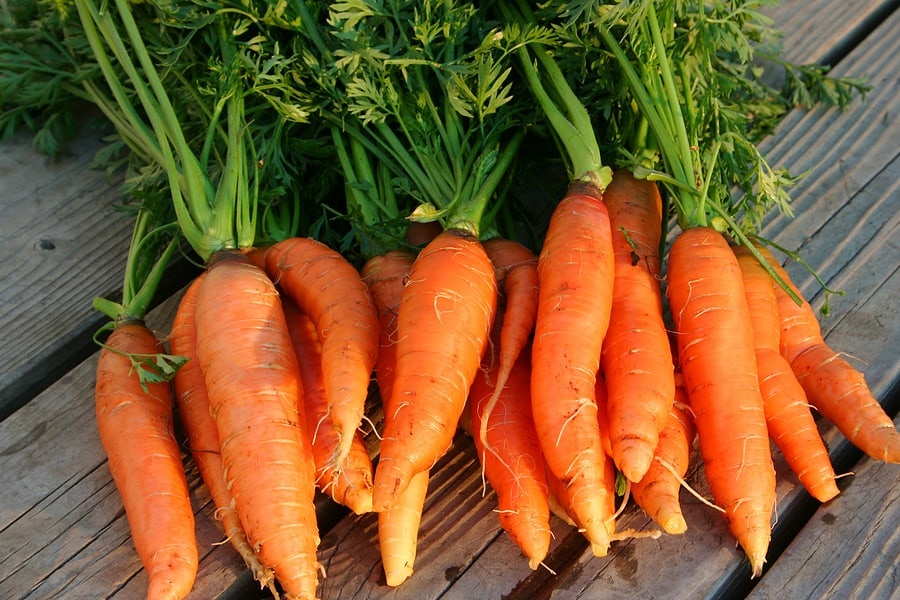
How to store carrots
Store carrots in a perforated plastic bag in the vegetable drawer of the refrigerator. That will keep carrots cold and moist (32°-40°F/0°-4°C and 95 percent relative humidity). A refrigerator provides the cold, but will also have dry air. Placing carrots in a perforated plastic bag in the refrigerator creates a cold and moist environment.
How to store carrots for winter use
- Store carrots in the ground during cool winter months unless a freeze is expected; if frost is predicted and the roots can’t be protected, dig them up and store them elsewhere. If carrots stay in the ground all winter, harvest them before new top growth starts in spring. Roots stored in the ground through winter should be eaten very soon after harvest; they will not keep well.
- Store carrots in the ground where the soil freezes if the ground can be insulated from freezing cold. Keep the soil at 35° to 40°F by putting a 10- to a 12-inch-thick layer of hay, leaves, or straw mulch over the rows; extend the mulch on both sides of each row by another 18 inches or more. This should protect roots even beneath two feet of snow. Dig roots through the winter as needed.
- Store carrots in a root cellar or basement or in a garage where the temperature is about 32°-38°F during the winter; store roots in a bucket or wooden box filled with either sand or sawdust; pack the roots so that they are standing upright or vertically and insulated and covered and do not touch one another; some moist air must be able to circulate so don’t completely seal the container. Before storing the carrots, allow the skins to cure or dry a few days before storing them in the root cellar. Do not wash the carrots before storing them; simply brush away any soil.
Carrots stored in cold moist conditions will keep for 4 to 6 months.
Carrots exposed to very cold temperatures will become bitter tasting. Carrots left in the ground too long will be tough, woody, and may crack.
Check roots during storage and remove those that begin to deteriorate.
Carrot Growing Hub
The Ultimate Guide to Growing Carrots from Seed to Harvest
1. Getting Started (Site & Timing)
- Where to Plant Carrots for the Best Root Development
- When to Plant Carrots: Timing for Every Season
- Carrots Seed Starting Tips
- How to Plant and Grow Carrots in Winter
- Grow Carrots Anytime of the Year in Five Steps
- How to Grow Carrots in Containers or Raised Beds
2. Planting & Varieties
- How to Plant and Space Carrots for Optimal Growth
- Carrot Varieties by Type: Best Picks for Home Gardeners
- Orange, Yellow, Red, Purple, and White Carrots: How to Choose the Right One
- Carrot Companion Plants: What Grows Well Together
3. Growing & Care
- Caring for Carrots Throughout the Growing Season
- How to Water Carrots the Right Way
- Carrot Crop Rotation: What to Plant Before and After
- Carrot and Parsnip Growing Problems: Troubleshooting
4. Harvest, Storage & Use
Carrot Growing Hub
The Ultimate Guide to Growing Carrots from Seed to Harvest
1. Getting Started (Site & Timing)
- Where to Plant Carrots for the Best Root Development
- When to Plant Carrots: Timing for Every Season
- Carrots Seed Starting Tips
- How to Plant and Grow Carrots in Winter
- Grow Carrots Anytime of the Year in Five Steps
- How to Grow Carrots in Containers or Raised Beds
2. Planting & Varieties
- How to Plant and Space Carrots for Optimal Growth
- Carrot Varieties by Type: Best Picks for Home Gardeners
- Orange, Yellow, Red, Purple, and White Carrots: How to Choose the Right One
- Carrot Companion Plants: What Grows Well Together
3. Growing & Care
- Caring for Carrots Throughout the Growing Season
- How to Water Carrots the Right Way
- Carrot Crop Rotation: What to Plant Before and After
- Carrot and Parsnip Growing Problems: Troubleshooting
4. Harvest, Storage & Use
Carrot articles at Harvest to Table:
Grow Carrots Any Time of the Year in Five Steps
How to Harvest and Store Carrots
Carrot and Parsnip Growing Problems: Troubleshooting
Seven Ways to Cook and Serve Carrots
Baby Beets, Baby Carrots, and Snap Peas Salad
Garden Planning Books at Amazon:
- Vegetable Garden Almanac & Planner
- Kitchen Garden Grower’s Guide Vegetable Encyclopedia
- Vegetable Garden Grower’s Guide
- Tomato Grower’s Answer Book
More harvest tips for these crops:
Learn when and how to harvest your favorite vegetables for the best flavor and texture. Get storage tips for each crop. Click on the vegetable you are growing below.
- Artichoke
- Arugula
- Asparagus
- Beans
- Beets
- Broccoli
- Brussels Sprouts
- Cabbage
- Cantaloupe — Melons
- Carrots
- Cauliflower
- Celery
- Chard
- Collards
- Corn, Sweet
- Cucumbers
- Eggplant
- Endive and Escarole
- Garlic
- Jerusalem Artichoke
- Kale
- Kohlrabi
- Leeks
- Lettuce
- Melons
- Okra
- Onions
- Parsnips
- Peas
- Peppers
- Potatoes
- Pumpkins
- Radicchio
- Rhubarb
- Rutabaga
- Spinach
- Squash, Summer
- Squash, Winter
- Sunchokes
- Sweet Potato
- Swiss Chard
- Tomatillo
- Tomatoes
- Turnips
- Watermelon


